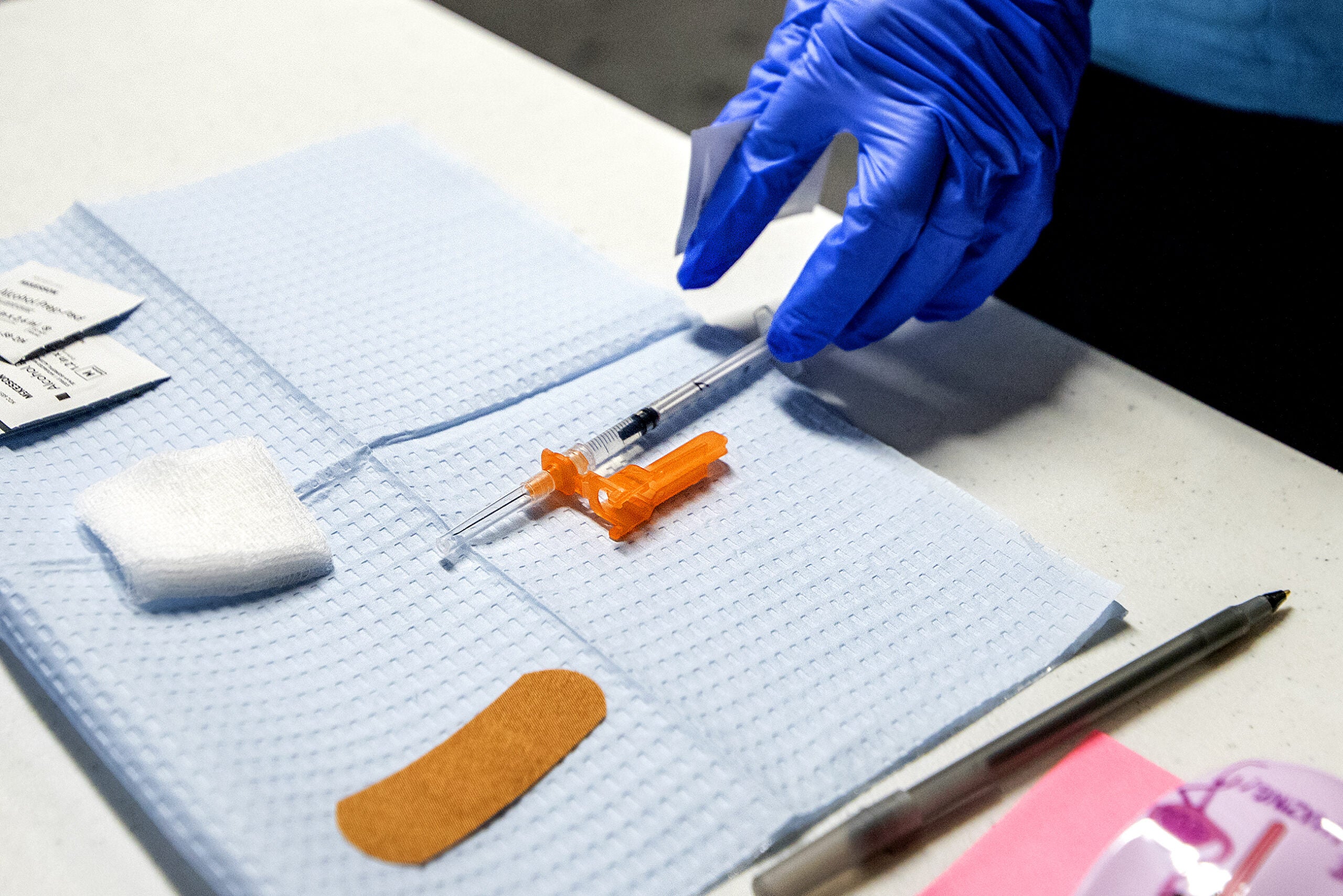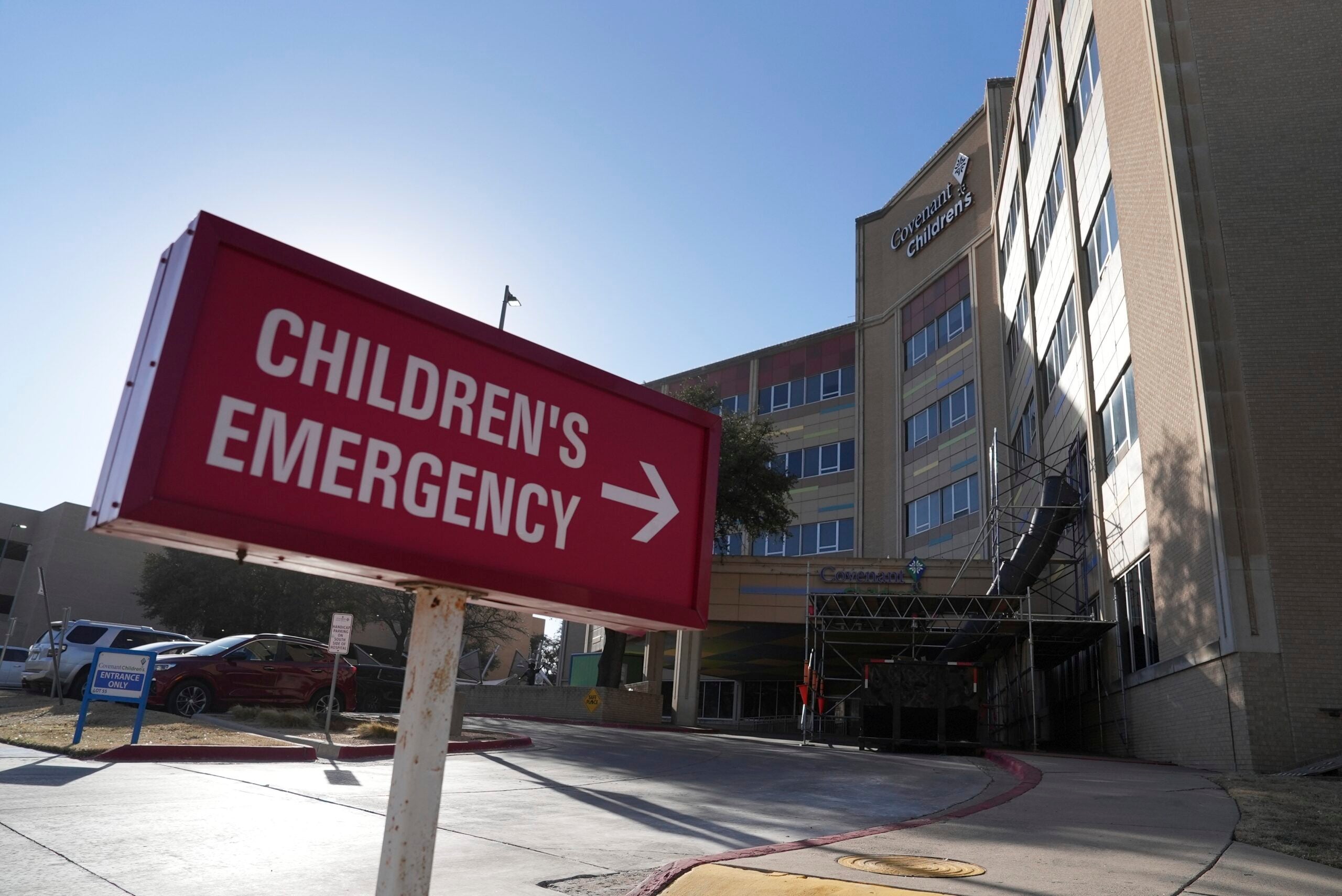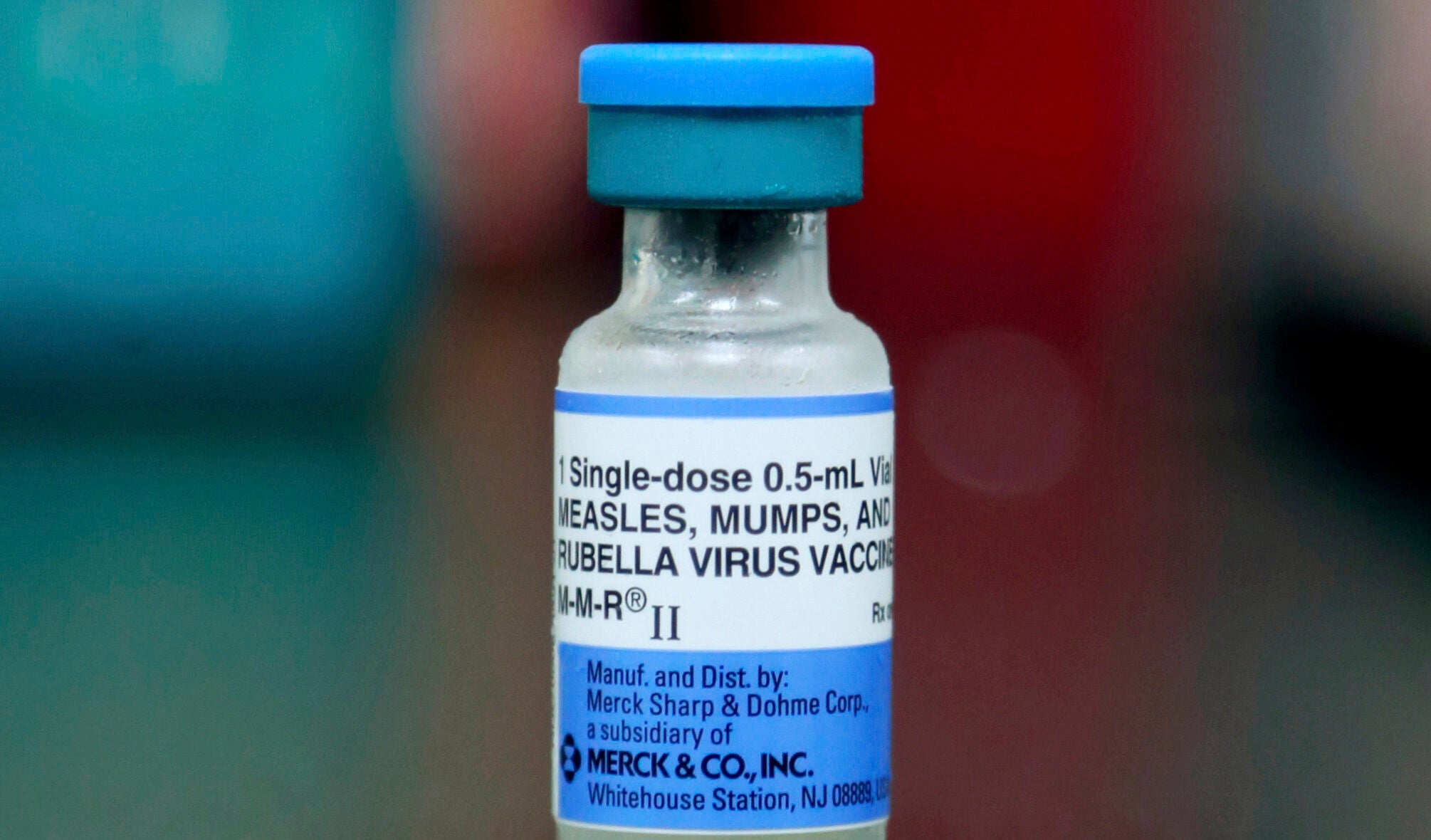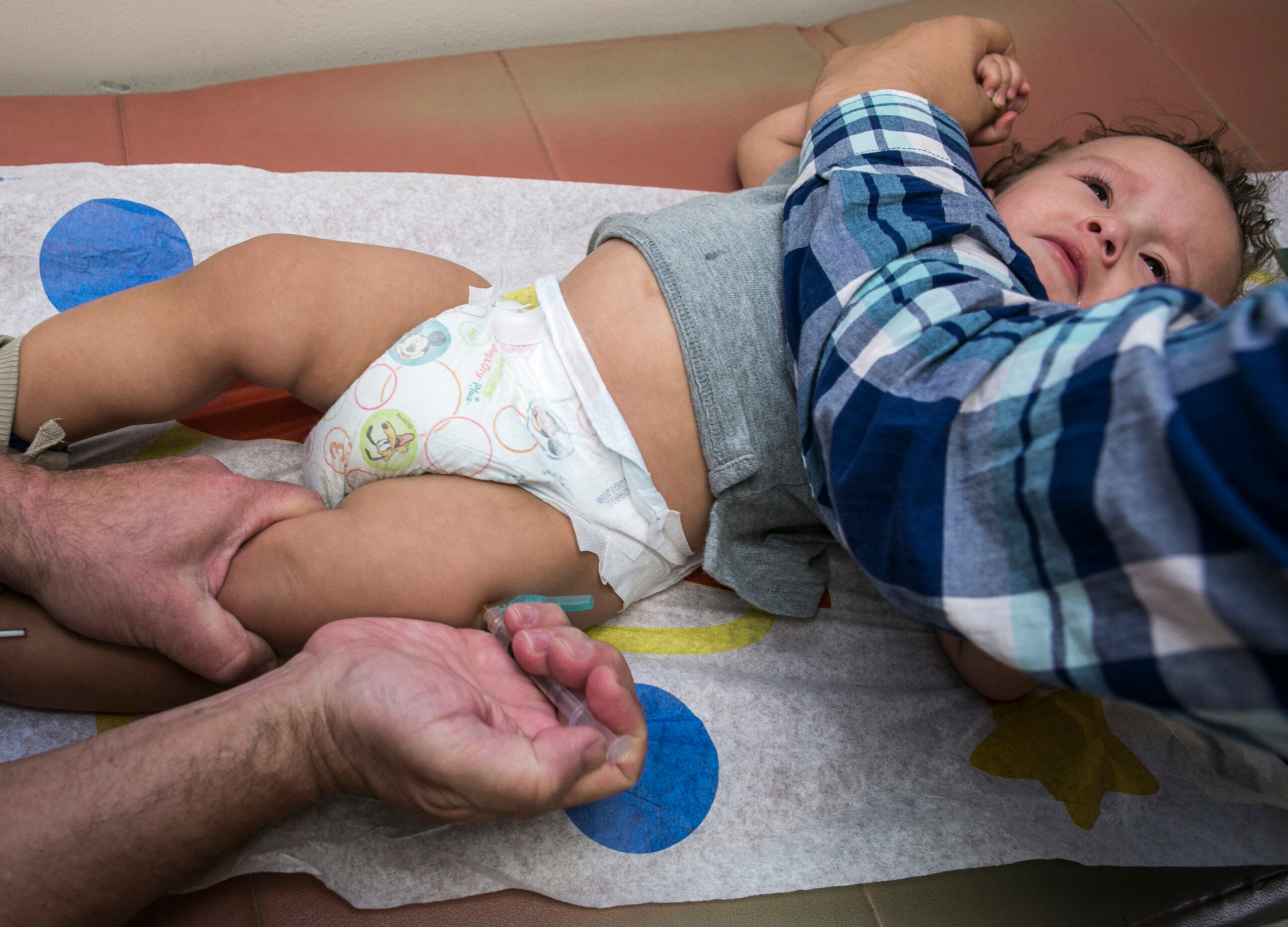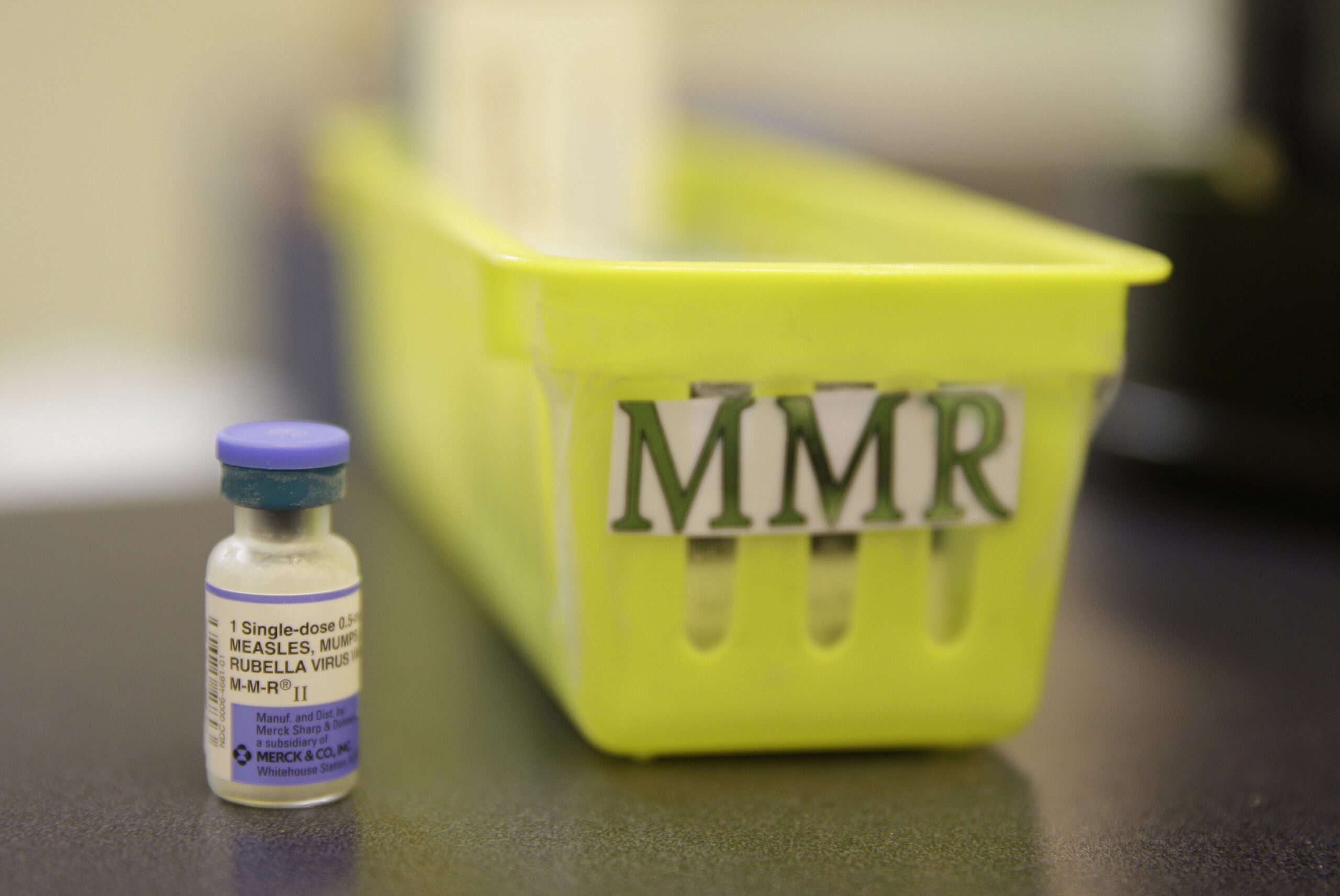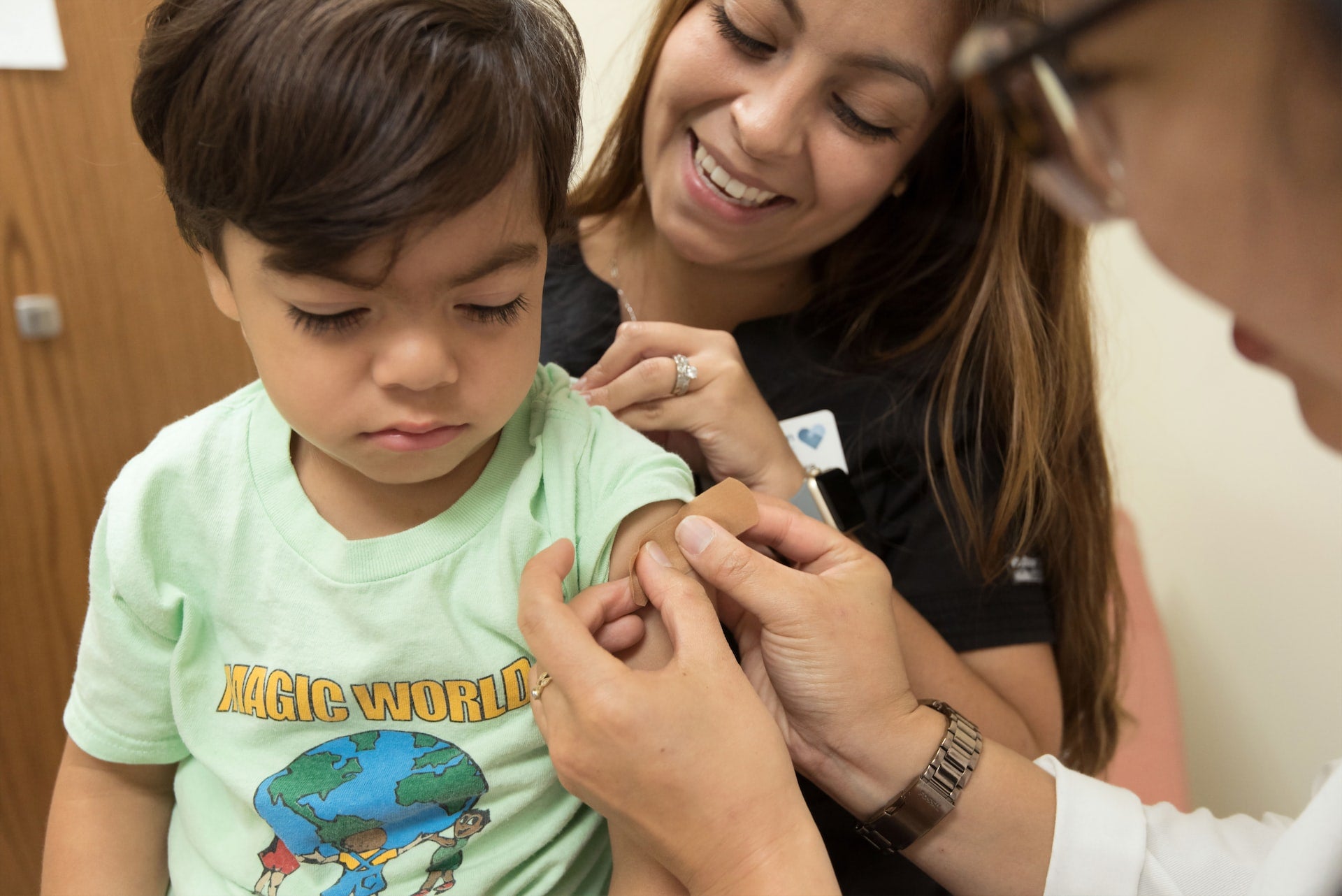As students across Wisconsin head back into the classroom this week, school nurses will be contending with the lowest vaccination rates in 10 years.
According to new data by the state Department of Health Services, nearly 11 percent of 3K to 12th-grade students last year failed to meet the state’s minimum immunization requirements. That’s the highest figure in the last decade, up from about 8 percent in 2014.
Jamie Trzebiatowski is a Waupaca School District nurse and president of the Wisconsin Association of School Nurses. On WPR’s “Wisconsin Today,” Trzebiatowski said growing medical misinformation online could be the cause for the “gradual decline” in student vaccinations over the last decade.
Stay informed on the latest news
Sign up for WPR’s email newsletter.
“There’s a lot of places where people can get information nowadays, and unfortunately that information isn’t always accurate,” she said. “But it certainly comes from a place where parents are trying to do the best thing for their kids.”
Instead, Trzebiatowski encouraged parents and their school nurses to talk with one another and develop working relationships around what’s best for their children.
On WPR’s “Wisconsin Today,” Trzebiatowski spoke about health care for school children, the relationship between parents and school nurses and staffing concerns for nurses at school districts.
The following interview was edited for brevity and clarity.
Rob Ferrett: A 3 percent drop in vaccination rates doesn’t sound that big, but we’re kind of playing a numbers game here. The more unvaccinated kids, the more shots that measles and other diseases have to spread, right?
Jamie Trzebiatowski: I think measles is a great example when you’re talking about that kind of catchphrase of “herd immunity.” The rate of herd immunity is different depending on how contagious a disease is.
Measles, because it’s so contagious, you’d need around 95 percent vaccinated in order to really stop it from spreading. When you look at the data, we’ve always had difficulty with that one in particular because it is so highly contagious, and we just have seen that outbreak in a much lower vaccinated population just across the border in Minnesota.
RF: As a school nurse, do you have the opportunity to talk to parents, whether individually or as a group, about vaccinations?
JT: This is the time of year. We’re reaching out to families because we are required to put a report into the state where we have to be over 99 percent compliant on either children being fully vaccinated or the parents having a waiver on file. We are having those conversations every fall for a couple of months where we’re getting that information, helping get students updated.
In conversations I’ve been having in the last few days, that is where those opportunities occur. If you’ve been in a district for a while, you have those relationships. People trust you. There’s that opportunity where the door opens and they say, “What is your opinion on this?” or “What do you think about that?”
RF: Maybe somebody just moved to the state and they don’t know about the vaccine requirements. Or, they don’t know where to go for vaccinations yet or maybe English is a second language. How much of a factor are those situations?
JT: Those are conversations we fortunately get to start in on pretty early in that enrollment process. When people are new to our state, we do have a whole year before they count on our rolls towards that compliance number. That gives us a whole year to make sure that we’re connecting them with those local resources.
RF: What keeps you up at night as we come into a school year and you’re watching for what might show up in the students this fall?
JT: Everything has its season. Spring is always rashes. Fall, we’re typically back into a bit of hand, foot and mouth. Intestinal bugs usually hit us by October.
But as we start a new school year, I’m usually really thinking about my higher-needs kids. The kids who are more medically complex and who a lot of people don’t think of when they think about students in schools. I’m always thinking about those students and what’s changed over those last couple of months.
RF: I want to talk about your role now as president of the School Nurses Association. Big picture, do we have enough school nurses in our schools? Are they stretched too thin?
JT: No, we don’t have enough. And I think anybody who’s had an unfortunate experience, recently, they’ve experienced that all across healthcare.
Unfortunately, we’re spread rather thin with staffing levels right now. And the same is true in your schools and your communities. With the best reports we’re able to get, only about 75 percent of schools across Wisconsin have a school nurse. And people who think that it doesn’t make a difference what level of training they have, whether it’s an EMT or a CNA, it absolutely makes a difference if that person has a degree in nursing.
